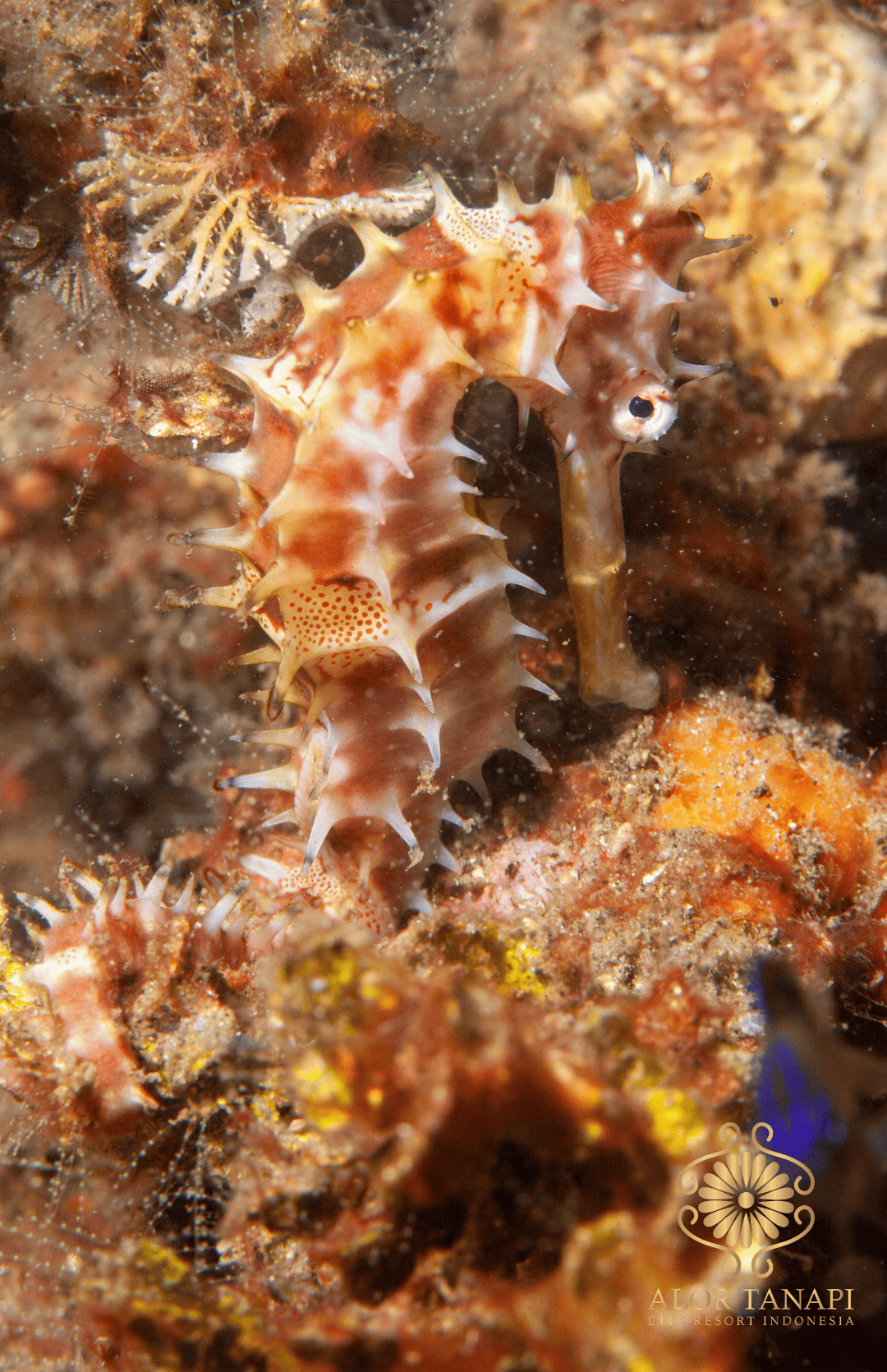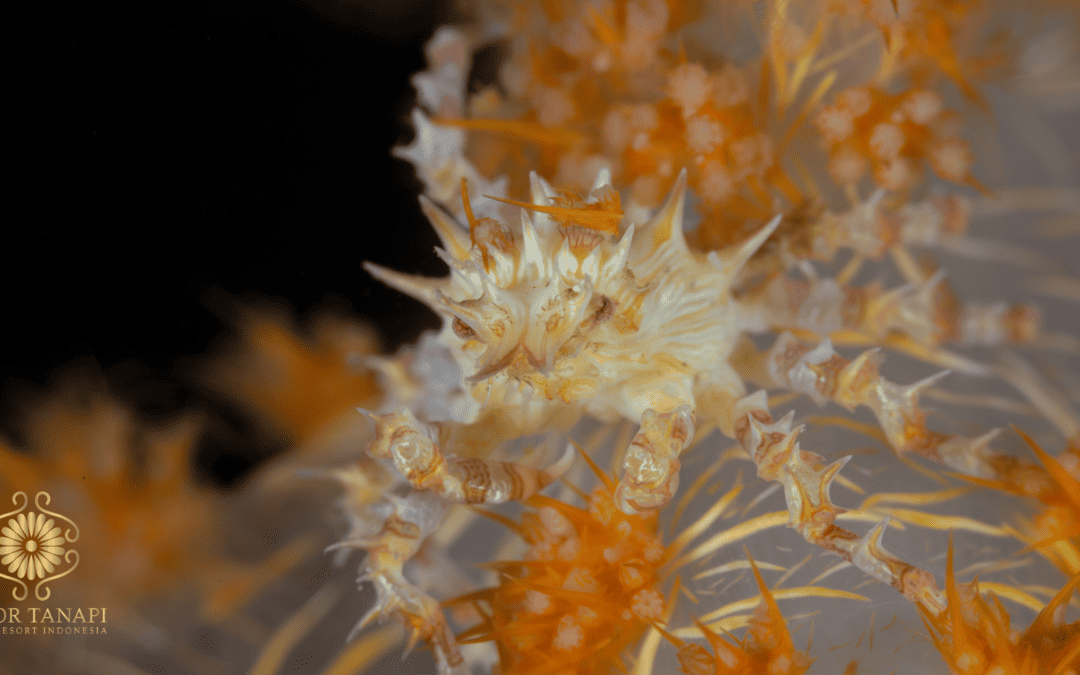Diving into the ocean is a whole new vibrant world, filled with life both big and small. While many divers keep their heads up and eyes peeled for larger marine creatures such as sharks, mola mola, and manta rays, many tend to miss the tiny critters right under our noses. From tiny seahorses to colorful nudibranchs, spotting these tiny creatures requires a sharp eye and a few tips.
Oftentimes, I have thought to myself, how in the world did he even spot that? Fortunately, our team includes some of the most talented dive guides, experts at spotting these small critters.
Here are some of their insights to help us become better spotters:
Know where to look- Different animals have different spots they are most likely to be hiding in. For example, hippocampus bargibanti, also known as the pygmy seahorse, are most likely to be found on sea fans.
Pay attention to movement- Look for subtle movements, different textures and patterns, and unusual colors. Tiny macro creatures excel in the art of blending into their surroundings, so look for the small details that will help you uncover them.
Be patient- Slow down your pace and take the time to thoroughly look around. Swimming fast through the water decreases your chances at spotting the small, camouflaged creatures. Be slow and be patient and you will have better chances to encounter them.
Perfect your buoyancy- Having good buoyancy is critical for getting close to small creatures without disturbing them or damaging the corals around them. With good buoyancy, you will be more comfortable with staying low and calm, which in return helps you with focusing on small things. Practice maintaining a steady hover and avoid stirring up silt or touching delicate corals.
Turn on the lights- Using a dive torch is another valuable tool for spotting tiny creatures hiding in the dark. Shine your light into dark crevices and corners, and surely hidden treasures will reveal themselves. Ensure to avoid shining the light directly on them, as we aim to prevent any harm from the intense flash.
As the saying goes, practice makes perfect. The deeper your familiarity with the ocean and its dive sites, the greater your chances of uncovering its hidden gems firsthand.

A well spotted Hippocampus histrix, also known as the Thorny Seahorse
Located within the vibrant Coral Triangle, Alor stands as a top notch diving destination in Indonesia, renowned for its rich biodiversity and captivating marine life. Among its many treasures, Alor is known for its abundance of unique and fascinating critters thriving in the captivating muck sites including blue-ringed octopus, wonderpus, harlequin shrimp and ghost pipefish.
While there are many muck diving sites in Alor, we have two stand out sides that you simply cannot miss.
A must go to muck diving site in Alor is Mucky Mosque. Here, you’ll encounter a captivating array of unique and enchanting critters. Keep your eyes peeled for frogfish, ghost pipefish, the mesmerizing harlequin shrimp, and intriguing cephalopods like the wonderpus.
Another favorite muck diving site is Beang Abang. Beang Abang is situated on the southern shores of Pantar Island. Diving enthusiasts come here for the opportunity to discover an abundance of critters thriving in the black sand, including ribbon eels, ghost pipefish, octopus, nudibranchs, and elusive hairy frogfish.
What sets muck diving in Alor apart is not just the abundance of marine life, but also the sense of adventure and exploration it brings. Each dive presents the opportunity to discover something new and unexpected, making every dive into Alor’s depths an exhilarating journey.
For those seeking to experience muck diving in Alor, a visit to this Indonesian paradise promises unforgettable encounters with some of the ocean’s most extraordinary inhabitants. So grab your gear, dive into the depths, and prepare to be amazed by the hidden wonders awaiting beneath the surface of Alor’s waters.

